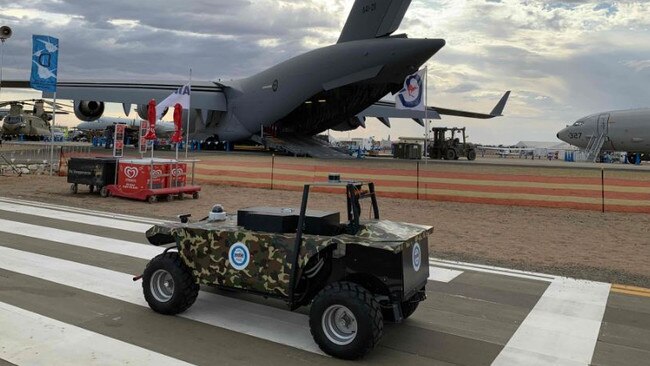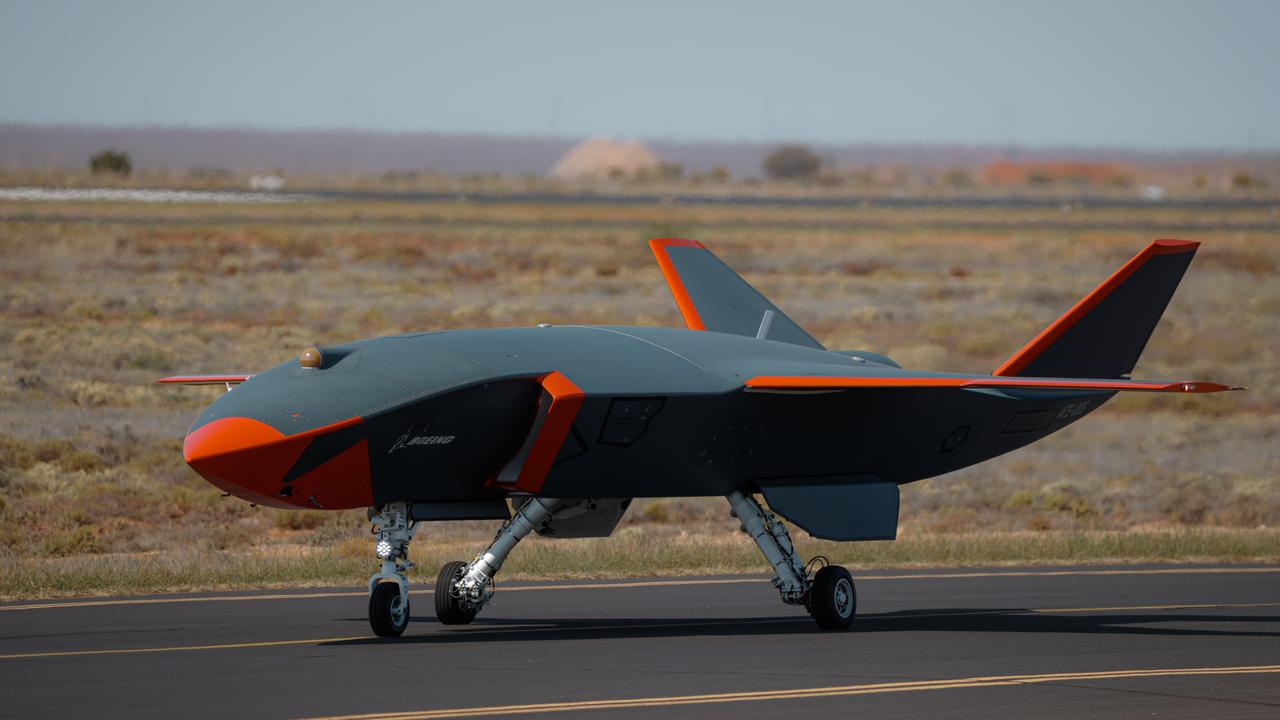Dogged focus on AI led to clever Kelpie
So just how hard is it to make an autonomous vehicle that can tell a bush from a rock? One of the few to have succeeded is Melbourne-based company.

So just how hard is it to make an autonomous vehicle that can tell a bush from a rock and spot fencing wire designed to contain horses and cattle?
It’s extraordinarily difficult, according to everybody who’s ever tried it.
One of the few to have succeeded is Melbourne-based Artificial Intelligence (AI) specialist AOS Pty Ltd.
Formed in 1997 by aeronautical engineer Dr Andrew Lucas, the company is now teamed with US prime contractor Northrop Grumman to contest the RAAF’s forthcoming $2.7bn Joint Air Battle Management System project, AIR6500.
Simultaneously, with six partners, it is developing the Kelpie, a small, autonomous cross-country vehicle that the RAAF has examined as a means of delivering spare parts quickly to an aircraft located at the far end of a busy airfield.
The intelligent agent at the heart of these projects, named simply JACK, set the company on its present course.
“Except we were 15 years too early,” Lucas says. “JACK was new and untried technology in 1997 and there was no real market need for AI back then.”
To keep his tiny company afloat in those early years (it now employs 15 people), Lucas had to take out a massive mortgage.
Now the role of AI in safely managing autonomous and robotic systems of all types is understood. One of the early pioneers was DST Group which used JACK to support the acquisition of both the Wedgetail airborne early warning aircraft and the F-35 Lighting II fighter.
DST Group also used a version of JACK in its TacSim system to support the Collins-class submarines and then the selection of the Attack-class boats.
“Basically, we tested possible tactics using JACK and blended this with simulations based on the characteristics of the submarines,” Lucas says.
The company is now Northrop Grumman’s preferred partner for agent-based AI.
On Project AIR 6500, AOS will help automate the region-wide surveillance and response system.
AOS will assign an individual intelligent agent to each aircraft it spots to track its movements and then blend this automated oversight with AOS’s own wind-speed model. This enables the Northrop Grumman system to track many hundreds of targets and if any of them acts in an anomalous way the system will automatically warn the operator.
Importantly, Lucas says, it keeps “false positives” at a minimum, so operators develop real trust in the system – that’s essential for acceptance of autonomous systems.
The Kelpie program was spawned by a 9000ha farm in Monaro suffering weed infestation. AOS is prime contractor but works with university and regulatory partners on weed identification, machine vision and obstacle detection and on safety operations among humans and animals.
The result is a rugged little 4WD that can steer around rocks and cattle, avoid fences, brush aside small bushes and deliver precisely metered doses of weedkiller in exactly the right spot rather than simply drenching every square metre of paddock.
The next big challenges, on which Lucas won’t be drawn, are things like delivering fully autonomous cars, achieving safe “swarming” of UAVs, Manned-Unmanned Teaming (MUM-T) and Urban Air Mobility.
The technical challenges remain enormous, but so are the potential rewards: AI, and JACK, have come of age.


